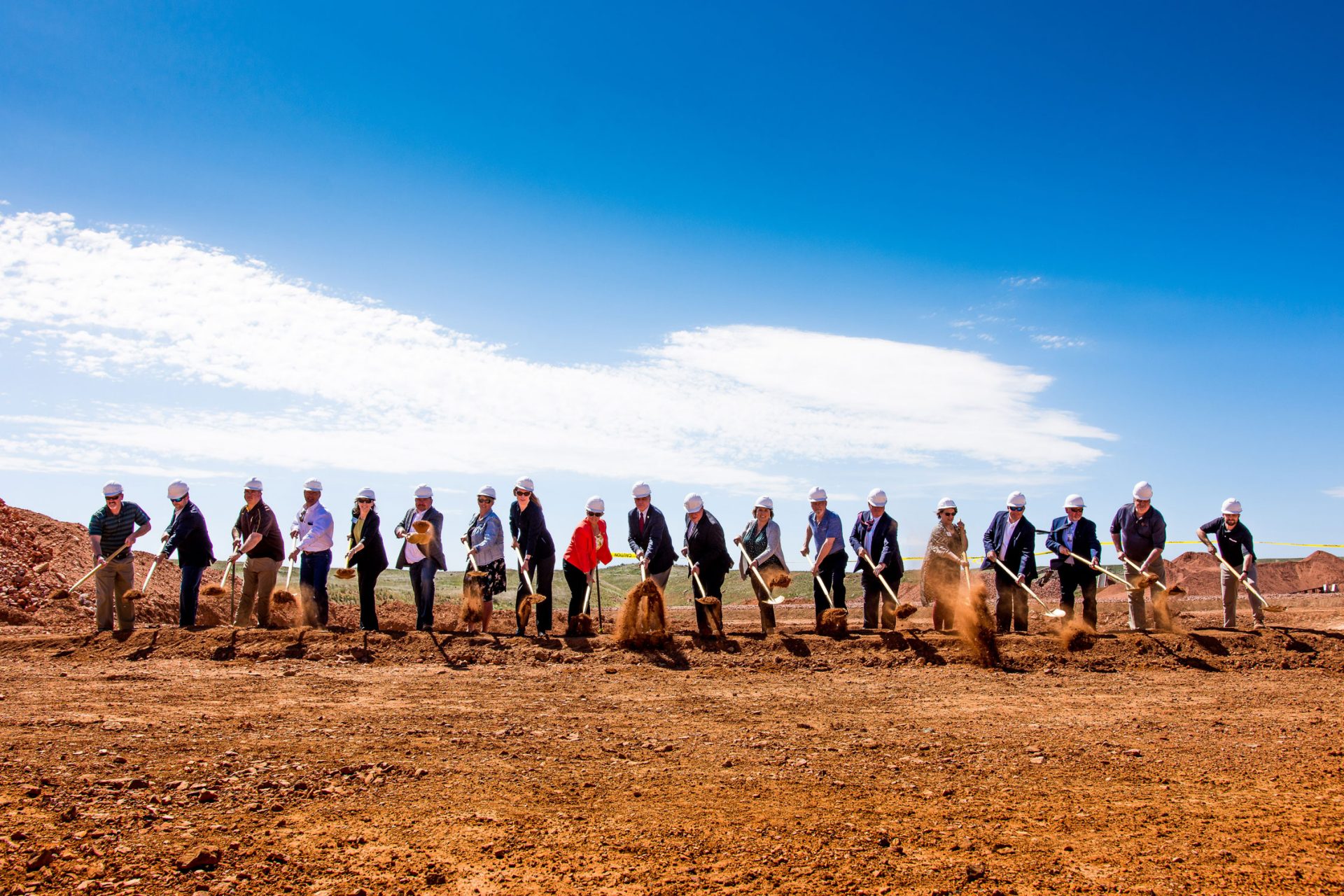CO2 Storage Project in America’s Coal Country One Step Closer to Becoming a Reality

A second deep test well for site characterization is being drilled near Basin Electric’s Dry Fork Station near Gillette, in Wyoming, where the CarbonSAFE program is working to determine the suitability of the underground geological formations for commercial-scale carbon dioxide storage.
Led by the University of Wyoming School of Energy Resources (SER), in collaboration with Basin Electric Power Cooperative, CarbonSAFE’s drilling campaign is expected to relay valuable information to fully characterize a second carbon storage site in the top coal-producing state in the US.
In detail, the development is taking place within the Wyoming Integrated Test Center, a facility that provides space for researchers to test, in a real-life setting, carbon capture, utilization and sequestration technologies using 20 MW of actual coal-based flue gas, which is a combination of ambient air, water vapour and carbon dioxide. This is about 5% of the total flue gas emitted at the Dry Fork station.
Phase 2 of CarbonSAFE investigated the storage complex feasibility with the drilling of a test well at the site and a 3D geophysical survey. The well was completed at a total depth of 9,873 feet, and 625 feet of core samples from nine different geological formations were collected for analysis, which has now been concluded.
“Results to date have shown that the geology located below the Dry Fork Station is suitable for commercial-scale geologic storage,” Scott Quillinan, SER’s senior director of research, said in a media statement.
Characterizing the geologic layers of the subsurface site
Adjacent to the first well that was completed in 2019, the new well will allow researchers to gain valuable data and fully characterize the geologic layers of the subsurface site, including the target storage reservoirs and the caprock seals.
The second well is also expected to provide data to help the team design a testing program to measure the response of injection — using water — within the formations.
“We are so fortunate to be able to drill a second well at the study site,” Fred McLaughlin, co-principal investigator of the project, said. “For the long term, we propose that this is the best way to optimize the injection of carbon dioxide in the three deep geologic formations that our technical team has characterized at the site. All of this will help us address remaining challenges for future commercial activities.”
According to McLaughlin, a unique attribute of both wells is that they have been drilled and will be completed to meet Class 6 well construction standards and will likely become Wyoming’s first Class 6 CO2 injection wells for geologic storage. This means that they must involve the use of non-corrosive construction materials and an expanded subsurface testing program designed to meet permitting requirements.
The researcher also explained that to provide a full analysis of the site, other major ongoing activities include wide-scale baseline monitoring of soil gas, seismic activity and water samples.
The detailed baseline analysis will allow the group to differentiate between natural and anthropogenic CO2, monitor the migration of the CO2 plume and pressure front, and verify containment effectiveness.